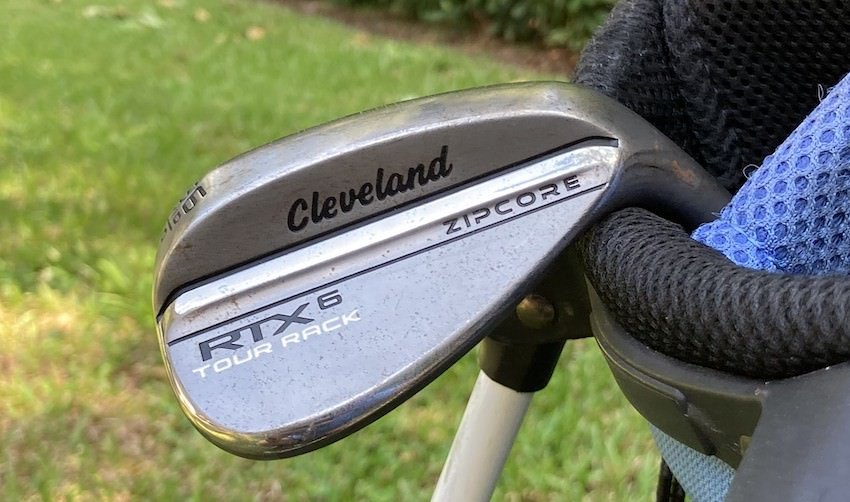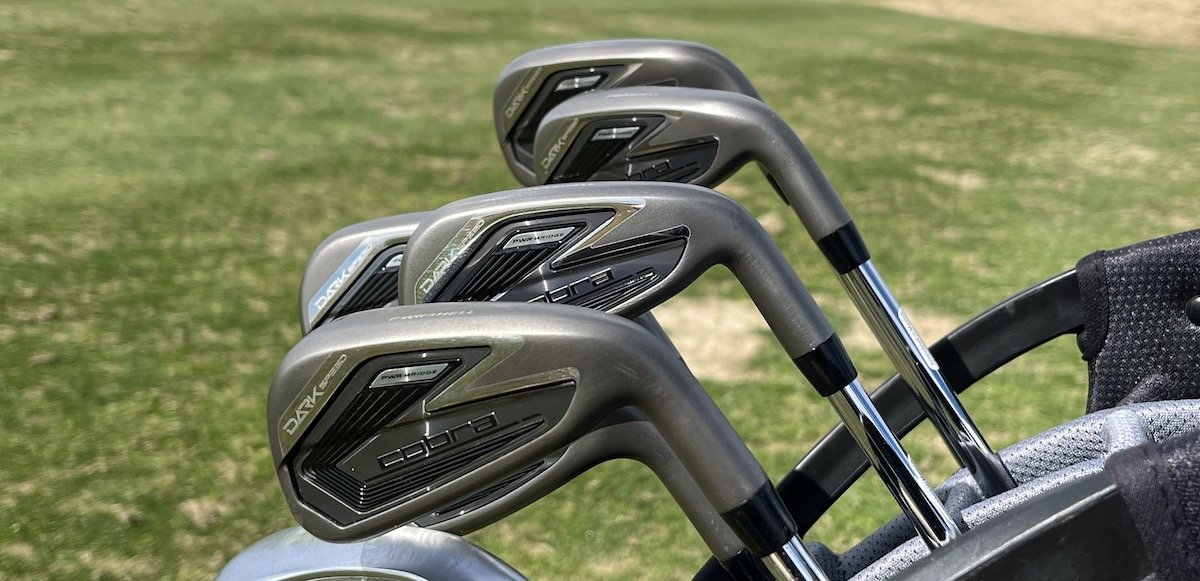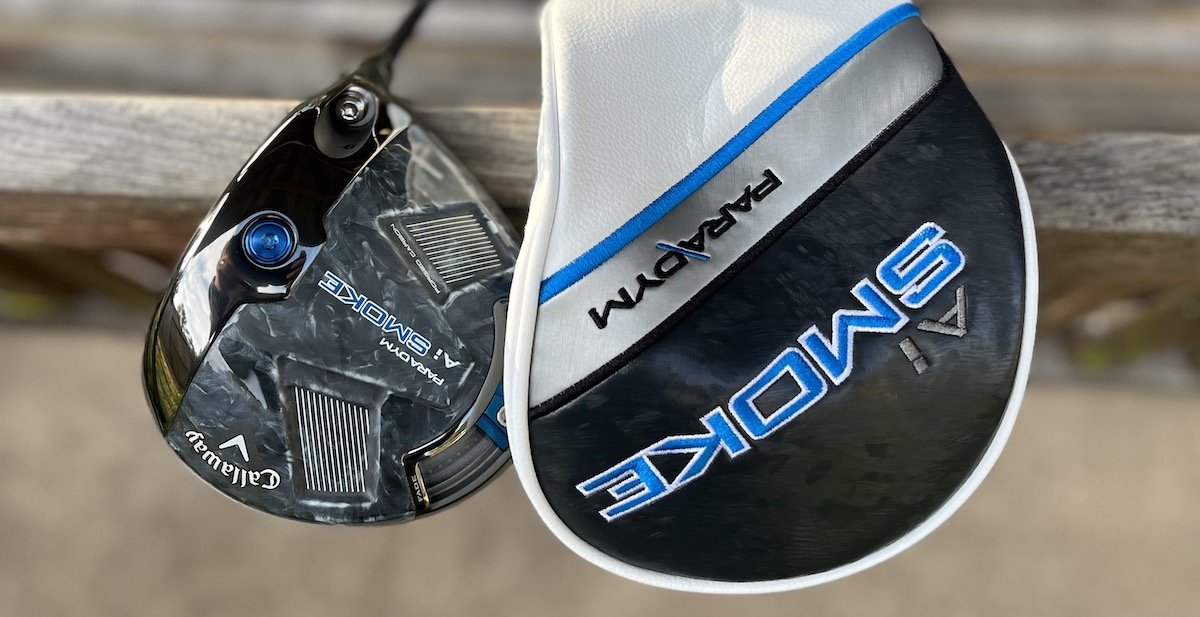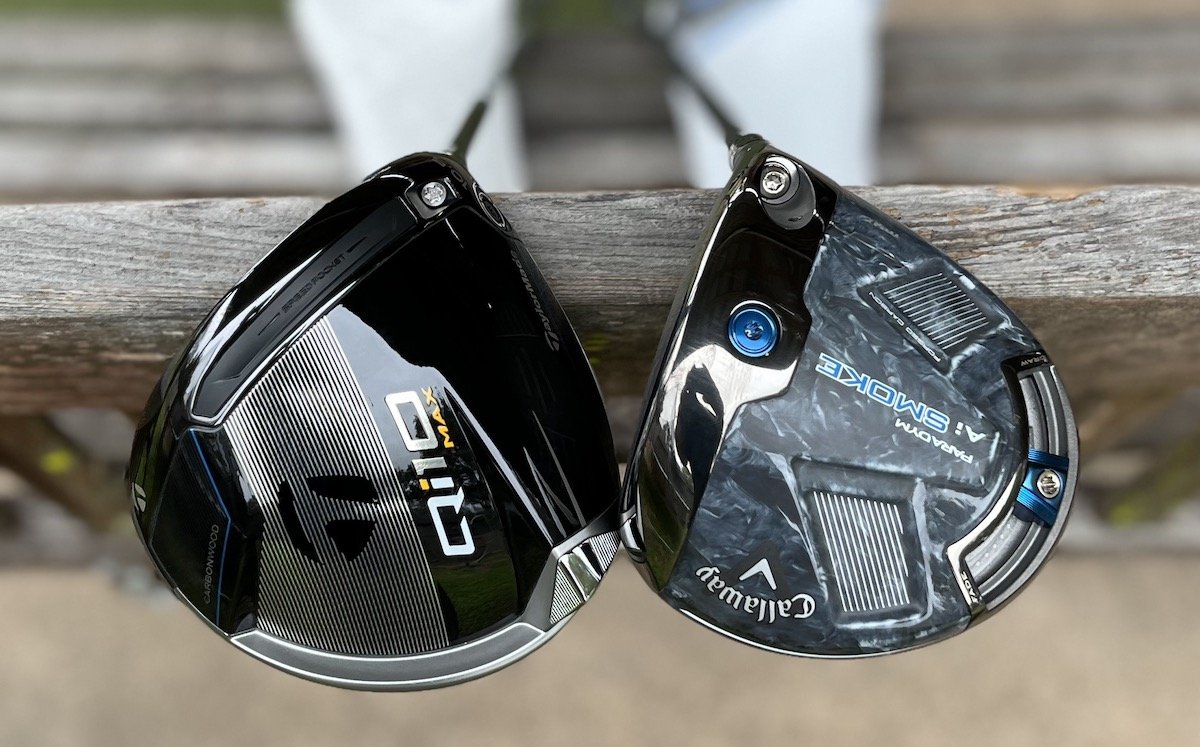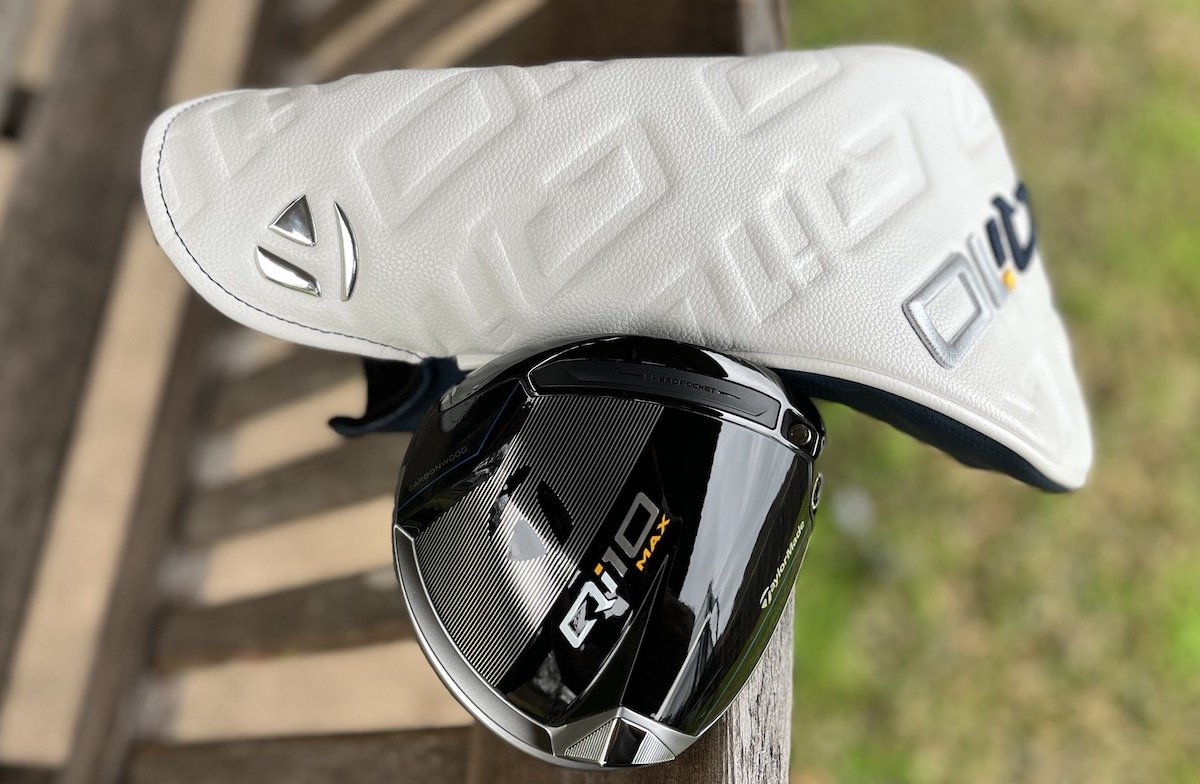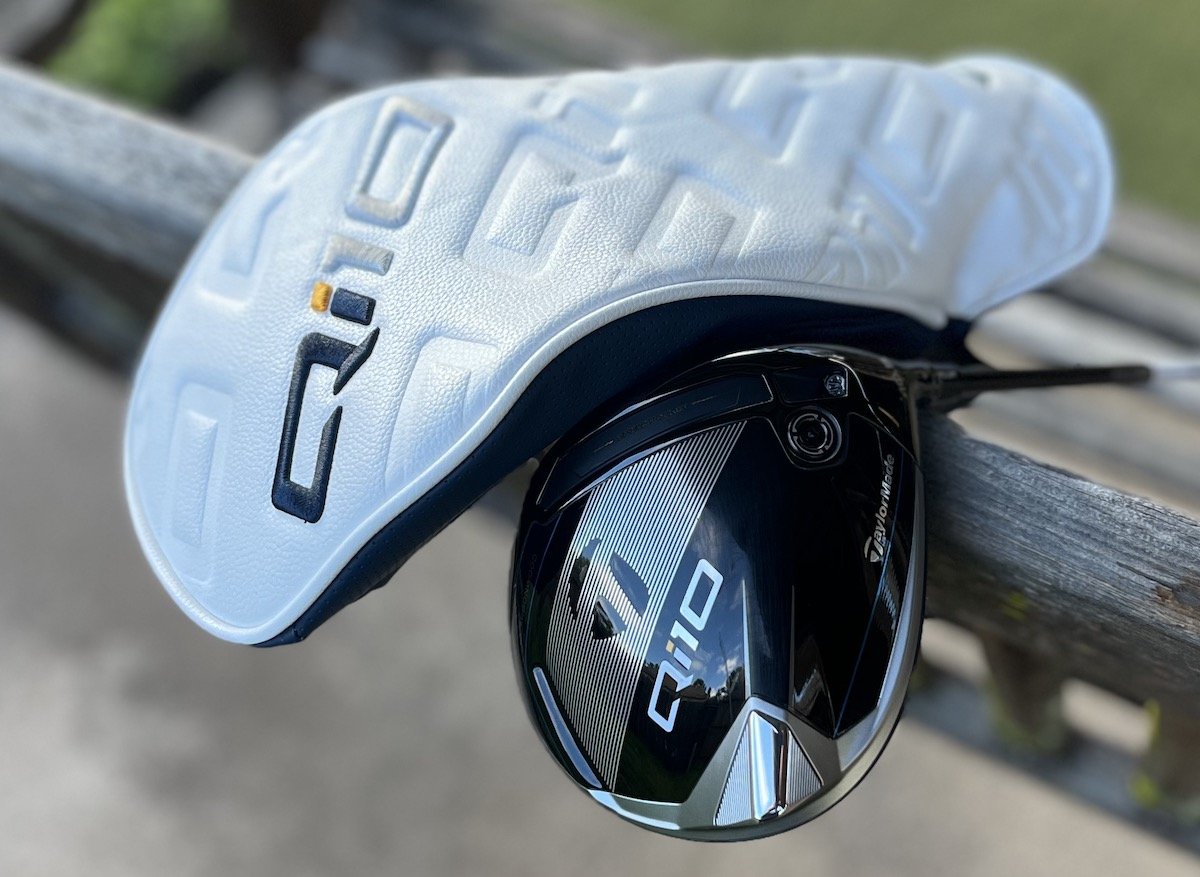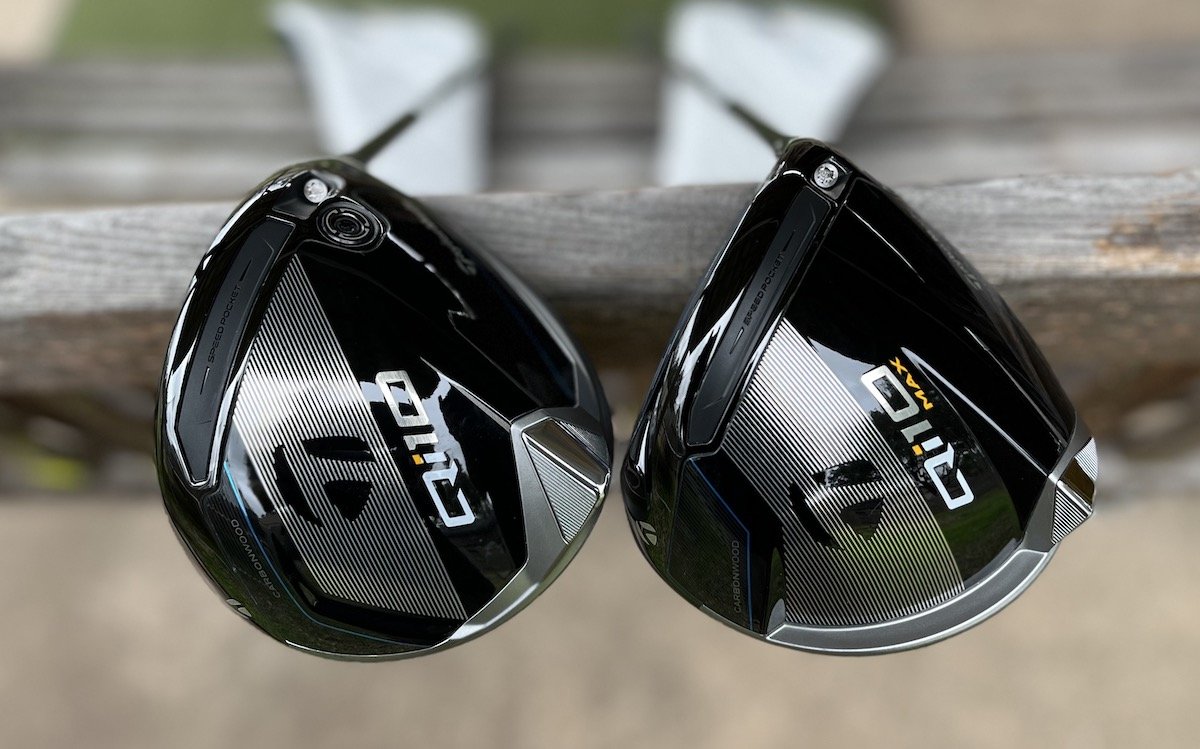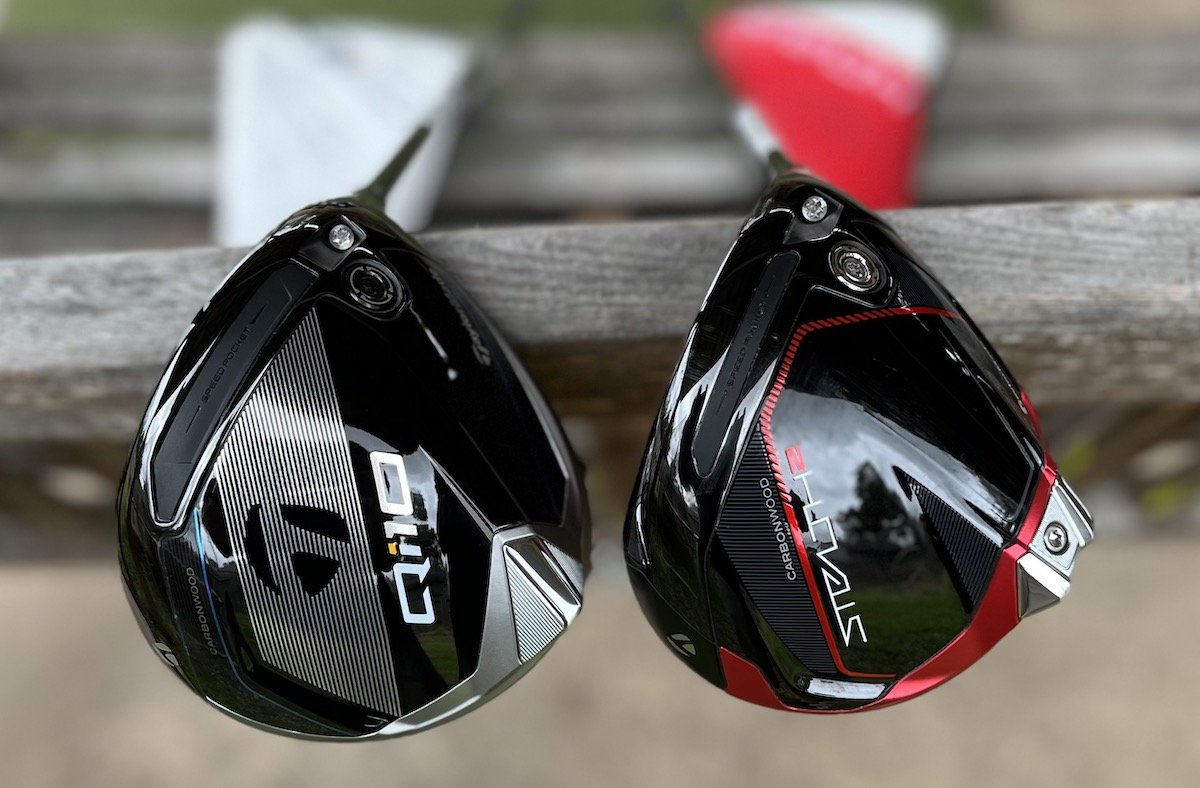Many amateur golfers are unsure when to use a 60 degree wedge. Is yours sitting in your bag collecting dust?
It can be an effective stroke savor. So, you may as well learn how to use your 60 if you’re gonna carry it.
(Note: 60-degree wedge = lob wedge in this article)
I’m a teaching pro & a scratch golfer who has played golf for 30 years. I’m always looking to improve my game, even if it is a shot or two here and there. I love testing new strategies on and off the course and studying golf swings to see what works.
Here are the exact areas of the course to take it out of the bag.
What is 60 Degree Wedge Used for, and When Should You Use It?
Golfers use the 60-degree wedge for high-lofted shots close to the green. Accuracy and distance control are most important with your lob wedge.
A 60-degree wedge can be used for these shots on the course:
- 50+ yard full swing shot to a green.
- 30 – 50 yard pitch shot.
- Bunker shots – greenside up to 20 yards.
- Deep bunker shots with a high lip.
- Chip shot from the fringe when the pin is close.
- 5 – 15 yard greenside pitch shot.
- Flop shot.
- Recovery shots from deep rough into shorter grass.
Why Use a 60-degree Wedge?
Precise shot placement is the number one reason to use a 60-degree wedge. The loft and spin of the 60-degree club stop the ball on landing.
When I put a 60-degree wedge in my hand, it’s usually because I have very little green to work with.
I also love the 60-degree when I’m stuck in the rough or the bottom of a high-lip bunker.
Pro Tip: Choose your pitching wedge and run the ball up to the hole if you have nothing to clear.
Lob Wedge vs. 60-Degree Wedge – Is There a Difference?
A 60-degree wedge is a lob wedge. (Lob wedge lofts range from 58 to 64 degrees)
- Don’t assume your lob wedge is 60 degrees if you have game-improvement irons with a matching lob wedge.
Checklist To Decide if a 60-Degree Wedge is the Right Choice
The 60-degree wedge isn’t a shot you want to overuse. There is a time and a place for this club.
Distance
The lob wedge shines on shots 50 yards and under, and shots around the green.
Professionals don’t stand up there and hit full-swing lob wedges into the hole very often. So you should not be doing that either.
If you have a 50 to 75-yard shot, it’s better to take a sand wedge and hit something easy and compact. Don’t push the lob wedge when it comes to distance, the risk of hitting it thin and over the green is too high.
Check The Lie
You can hit a 60-degree wedge from any lie. Yet, from certain lies, you want to be careful.
Tight lies: The bounce on your 60-degree can make it a poor choice from tight lies. You’ll need to practice to have confidence.
Hitting out of the rough and sand: The loft of your 60 makes getting it over a bunker lip or launching out of the rough relatively easy. (sometimes your only hope for stopping the ball out of the rough)
Analyze the Green
Very little green to work with: Use your 60. Again, it may be the only club that will stop where you want it to. Especially on downhill chips or pitches.
For greens with a lot of slope: The loft and spin will kill momentum, giving you more control over the roll out.
Check The Wind
Don’t hit the 60 into the wind. You’ll likely hit it high and the wind will move it around, killing accuracy.
What About Bounce?
High bounce if your friend out of the bunker or rough. Low bounce is better for full-swing approach shots, something you won’t use all that often with your lob.
Pros and Cons of the 60-degree Wedge
As long as you use your 60 from the correct lie (with the right technique), it’s a great tool to have.
Pros
- Very high loft.
- High spin rates.
- Stops quickly on the green.
- Lands softly.
Cons
- Not the most forgiving club in the bag.
- Using the 60 for flop shots is a bit dangerous for amateurs.
- Can come up short until you learn distance control.
60-degree wedge Distance for Men
The average male golfer hits their lob wedge between 55 and 75 yards.
A blade-style wedge like the Callaway Jaws Raw won’t fly as far. Wider sole lob wedges that match the iron set, may go a little further due to forgiveness.
| Swing Speed Type | Estimated Carry Distance |
| Professional Golfer | 90 – 110 yards |
| Fast Swing Speed | 70 – 90 yards |
| Average Swing Speed | 55 – 75 yards |
| Slow Swing Speed | 40 – 60 yard |
60 Degree Wedge Distance for Women
The average female golfer hits their lob wedge between 45 and 65 yards. (The 50-yard range is pretty common).
Again, blade-style wedges don’t usually carry as far as cavity back wedges. This is not a wedge designed for distance. It’s a short game tool.
| Swing Speed Type | Estimated Carry Distance |
| Professional Golfer | 70 – 90 yards |
| Fast Swing Speed | 60 – 80 yards |
| Average Swing Speed | 45 – 65 yards |
| Slow Swing Speed | 30 – 50 yards |
Frequently Asked Questions
Do most pros carry a 60-degree wedge?
Most professionals carry a lob wedge, and many of them are 60 degrees. Some carry a 58 or 62-degree wedge depending on covering distance gaps.
How do I know what degree wedges to use?
Start by checking your 9-iron loft. Ideally, you would have 4 wedges in the bag spaced 4 to 6 degrees apart. The pitching wedge should be around 4 degrees higher in the loft than the 9 iron.
Can you use a 60-degree to chip?
You can use a 60-degree wedge to chip, but controlling spin is difficult. So, distance control is harder. The chip needs to fly a good part of the way to the hole.
How far should you hit a 60-degree wedge?
Most average male golfers hit a 60 degree around 70 yards.
Final Thoughts on When to Use a 60 Degree Wedge
Knowing when to use a 60 degree wedge is important because it’s not always the right club to play.
Many amateur golfers are afraid of skulling or chunking their 60 because they haven’t put in the work. Put in the work.
Let us know in the comments what your favorite shot with this wedge is. If you want to check out some of my favorite wedges, take a look at the ones I tested this season.
I hope you feel a little more knowledgeable about how and when to use your 60-degree wedge.

